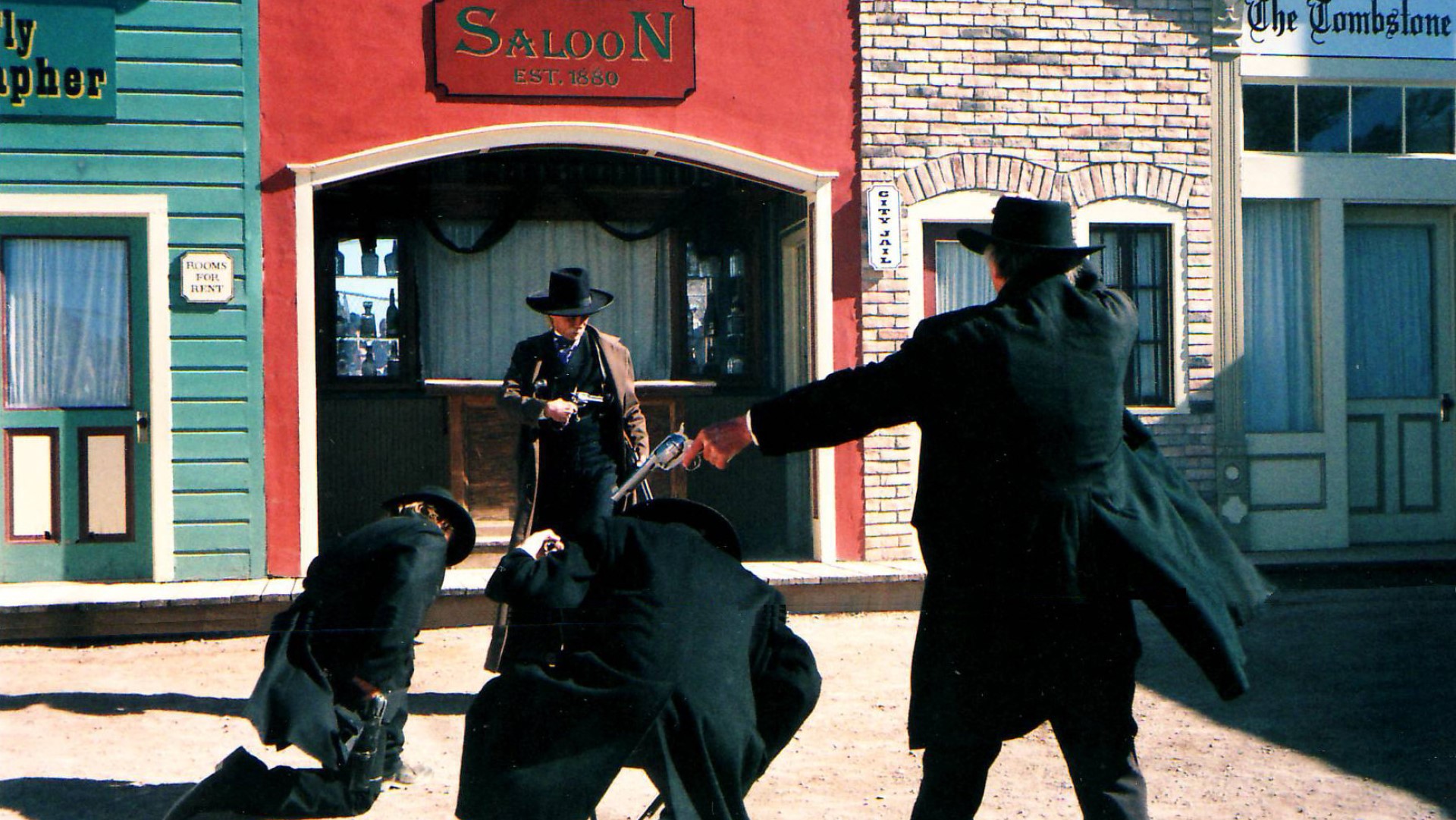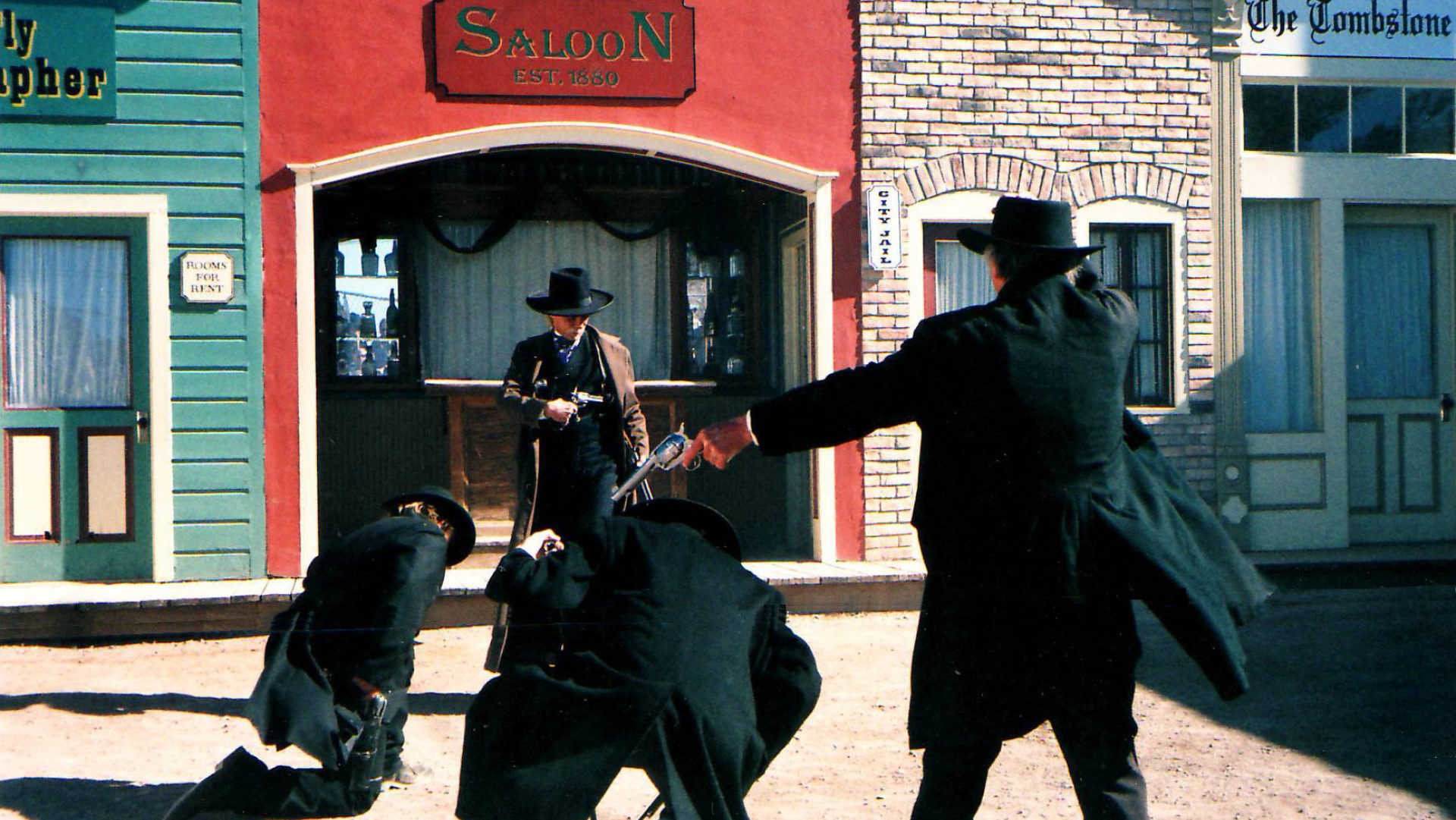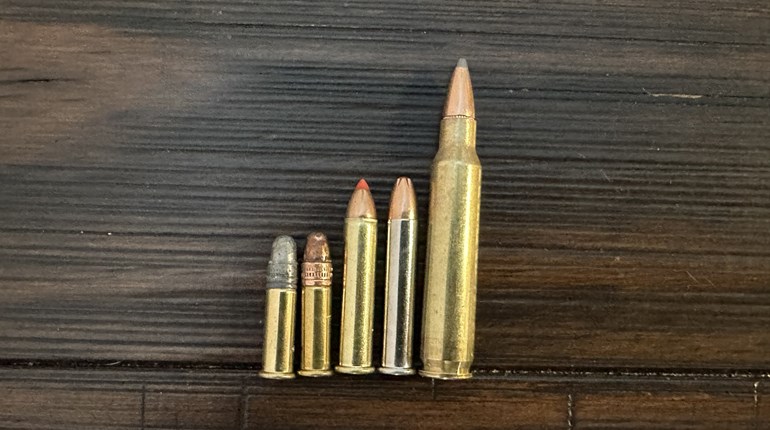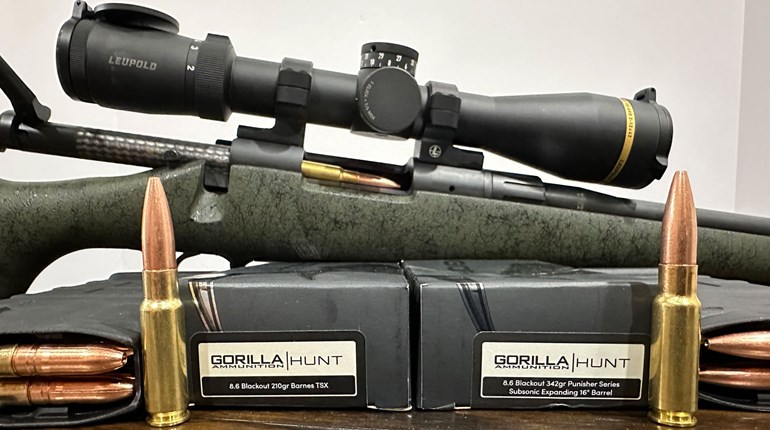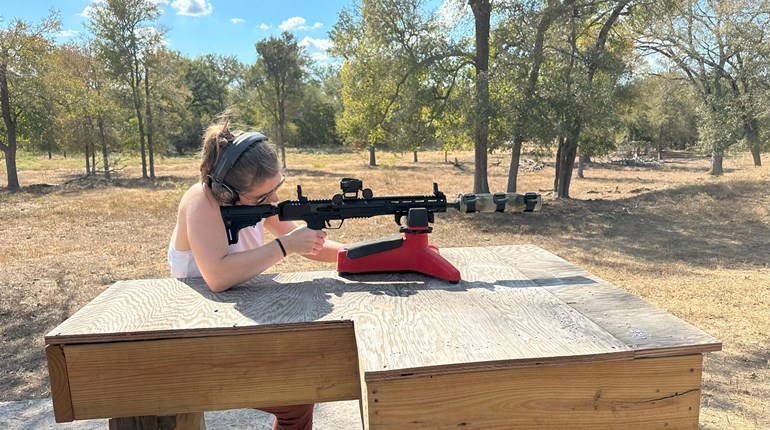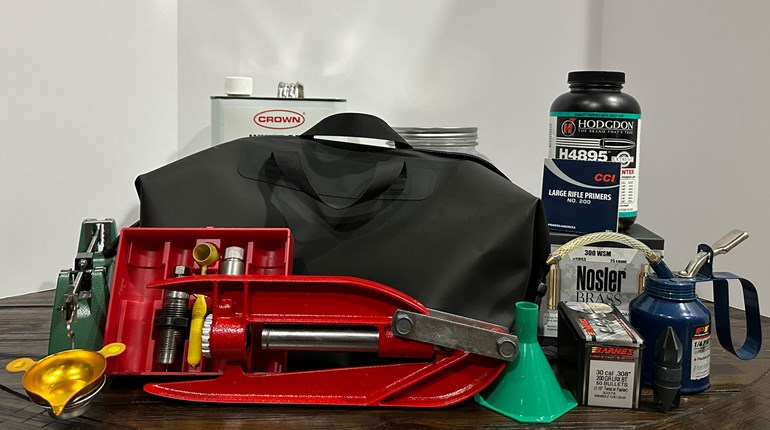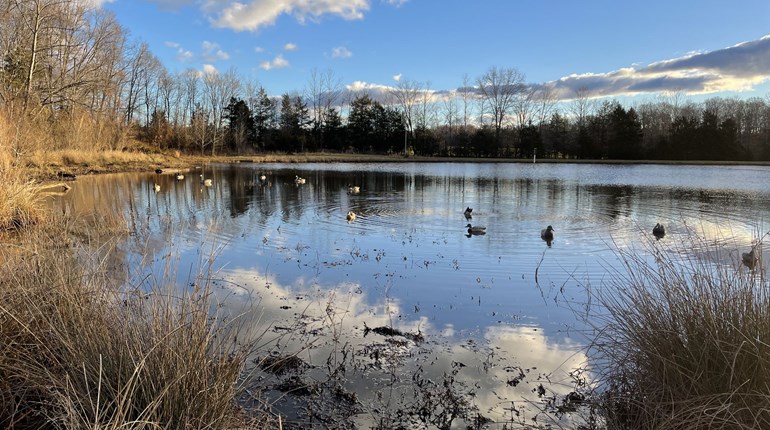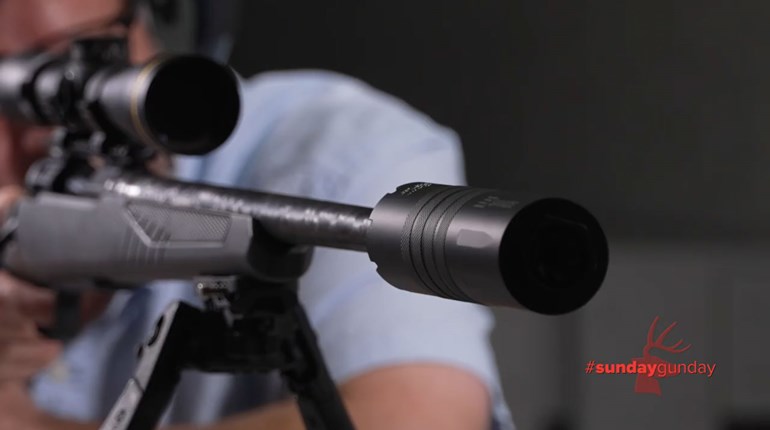
Getting cold on a hunt or on the range stinks. But we can still function well in adverse conditions ... at least until our trigger finger starts going on us. Once that happens, our shooting capability is severely compromised, and it’s downhill from there. Here are a few ways to warm up your trigger finger and not lose your cool while behind the gun.
1. Layer Gloves
Most outdoor clothing companies wised up and started making glove liners and other layers meant to act as extra barriers for externally worn gloves. Some people even buy gloves a size larger so they can pack them with liners and whatnot. This is certainly an option, especially if you know it’s going to warm up later, and you can just peel off layers as needed. The two downsides to this method are one, you won’t feel the trigger as well as you could with direct contact between the trigger and the nerve endings in your trigger finger; and two, some trigger guards may not allow for extremely thick padding (though this can be mitigated with a trigger guard upgrade depending on your platform). A third issue is that you must carry the extra weight of all those extra gloves. With so many options to choose from, there’s certainly a glove liner or a way to layer gloves that will fit your needs.
2. Hand-Warmer Compounds
Companies like HotHands are all over the stores during hunting season, and I thought they were a gimmick … until I actually tried them. There are a few companies out there that make something like this, but HotHands is the primary producer. They work by shaking them until a chemical compound is activated. While HotHands stay warm for quite a while, the best advice is to activate them sooner rather than later, as they take several minutes to actually get up to temperature--meaning it’ll take several more minutes for your hands to actually warm up. They can get so hot and stay warm for so long that it's possible for them to be a little too hot (yes, you can feel the warmth through layers of clothing).
3. Electronic Handwarmers
A wide variety of companies make an electronic handwarmer that works similarly to hand-warming compounds, but instead of using some sort of chemical reaction, they use batteries. The concept is the same: Hands are warmed by heat generated from an external source. The problem with these is that they require batteries, and where batteries are required, there’s a chance said battery will die in time of need. Plus, cold kills battery life, which may further hamper efficiency and use. The upside is that modern units often have multiple functions built in, such as a phone charging external battery. Additionally, the heat is often more instant than using a chemical reaction that must take place before the effect is felt.
4. Hand-Warming Sleeves
We’ve all seen quarterbacks in football with those fanny-pack looking things they throw their hands into to keep their fingers warm for the next offensive drive. Those can also be used to keep a trigger finger warm. Some models, such as the Heated Core Hand Warmer from Pnuma Outdoors (pictured above), offer that same convenience, but also include a water resistance coating as well as a USB-rechargeable battery for when temperatures really start to plummet to keep your hands even warmer (and drier). With its fleece-lined interior and three heat settings (coded as red for high heat, green for medium heat, and blue for low heat, as lit up on the internal power button). The unit also features a waist strap to keep the handwarmer in place.
5. Fueled Handwarmers
Yes, you read that right; a handwarmer than runs on fossil fuel. Zippo and a couple of others make a hand warming device that runs on a catalytic burner. Simply fill (or refill) the unit with lighter fluid, and then apply a flame to the unit, and you’ve got heat in the palm of your hand that will last from 6 to 12 hours. This would work great on the range, but on a hunt, the scent of lighter fluid – especially if spilled on clothes – isn’t the ideal attractant to lure in an animal. Depending on your scenario of intended use, it might be best to leave this at home. But if you already have a Zippo as a tool in a survival kit, adding a hand warmer to the mix using the same fuel type might not be a bad idea.
6. A Hot Drink
Nothing hits the spot better than a hot drink after coming back in from a long, cold morning in the stand. However, if you have enough time before heading out, simply taking a hot thermos of something like coffee, tea or hot cocoa might be the next best thing to a designated hand-warming apparatus. While it won’t be as toasty as any of the other options on the list, sometimes something is better than nothing, and once, on a cold Oklahoma whitetail hunt, that was the only thing I had at my disposal. It wasn’t ideal, but it did the trick. After all, I just needed to keep my trigger finger warm enough to feel my trigger.
7. Clothing Layers
Obviously, pockets are an option, though they’re not the warmest, as pockets only provide one layer of clothes. However, if you layered up, you can always bring your hands inside your sleeves, and either tuck them into a deeper pocket, or put your hands under your underarms or between your legs (those two regions of the body produce the most heat). You might look a little ridiculous, but this was a useful trick I learned to keep my hands warm during February pre-season training for Spring soccer in Colorado as a teen. And you know the phrase about something looking stupid … “If it looks stupid, but it works, it isn’t stupid.”



